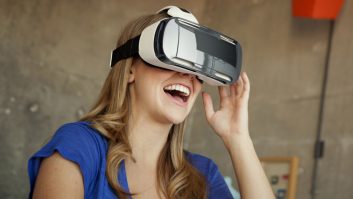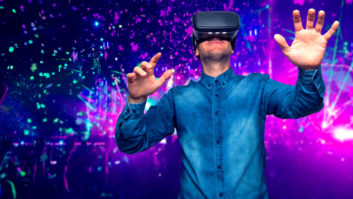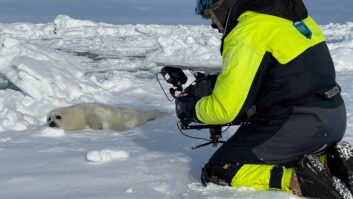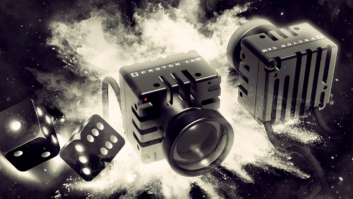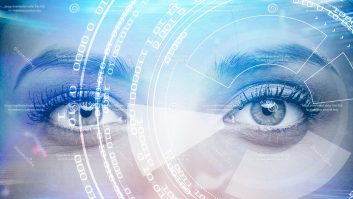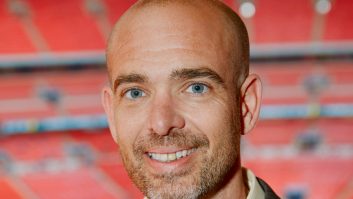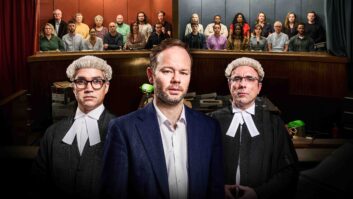This month sees the 60th anniversary of the assassination of the 35th president of the United States, John F Kennedy.
National Geographic is marking the date with the second instalment of its Emmy Award-winning One Day in America franchise: JFK: One Day In America.
The three-part series offers a unique perspective on the events of November 22nd, 1963 through both archive footage and first-person testimony from witnesses as well as Secret Service agents and reporters who were in Dalles on that fateful day.
TVBEurope speaks to series director Ella Wright to find out more about the project.
How did you become involved with the series?
I previously produced the series 9/11: One Day in America, in which I played a significant role and embraced its approach. We opted for a minimalist approach, relying solely on archival footage and first-hand accounts, without delving into the political aspects or the broader context of that day. Our primary focus was on capturing the experiences of the individuals present, particularly the survivors.
National Geographic approached us with a similar concept, proposing that we apply this same treatment to the JFK story. After viewing numerous documentaries on the topic, we noticed a prevalent theme of conspiracy theories and a predominantly analytical perspective, lacking an immersive, emotional touch. We saw this as a valuable opportunity to bring a fresh perspective to the subject matter and delve into the human experience of that historic day.
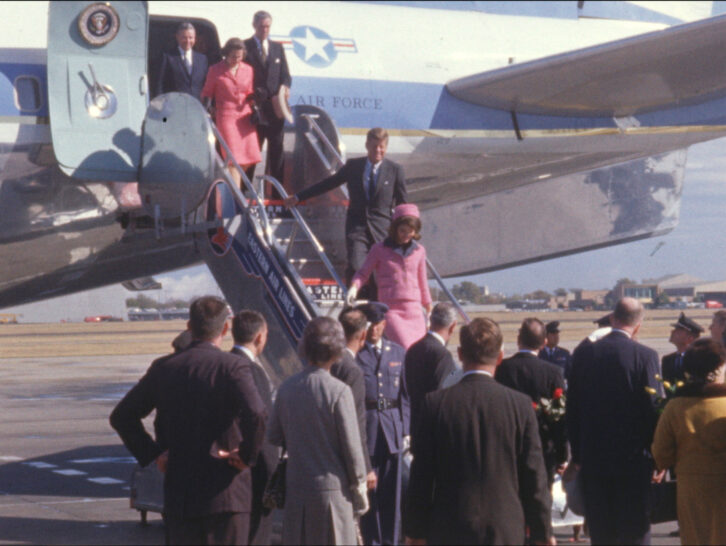
The series includes never-before-seen footage, how did you get access to the footage and what state was it in?
We collaborated closely with The Sixth Floor Museum in Dallas, the custodians of a vast collection of footage from that era, which arrived in various formats. While we didn’t need to undertake a full restoration, we did embark on the exciting task of colourising some of the footage for the very first time.
It was an unprecedented move, with The Sixth Floor Museum granting us permission to undertake this historic colourisation effort. To ensure the utmost accuracy, we partnered with a specialised company in France called Composite Films, working alongside their team of colour historians to meticulously match and recreate the most authentic colours.
Our motivation for this was to create the most engaging and relatable experience possible. We recognised that black-and-white footage might feel somewhat foreign, especially to younger generations without first-hand exposure to these events. Our goal was to break down any generational barriers, making the content thoroughly immersive for all viewers. I take great pride in the fact that we feature this ground-breaking colourised footage for the very first time.
How was the series edited?
We had the privilege of collaborating with two exceptionally talented editors, Mike Davey and Dan Lavender. Each film in the series followed a distinct phase of these historic events. The first one centred around the assassination itself, the second delved into the intense manhunt, and the third honed in on the assassin’s murder.
Our fortunate circumstances allowed us to have a treasure trove of footage, capturing nearly every twist and turn in the narrative. With hundreds of hours of material at our disposal, we approached the editing process uniquely. Rather than using the footage merely as a visual backdrop, we carefully curated it into narrative scenes that unfolded, immersing the viewer in the heart of the action.
How big was the crew that worked on the series and what were their roles?
We actually operated as quite a compact team, and I believe that’s the essence of making compelling documentaries. It ensures that everyone is deeply invested in both the story and the production process. Our core team consisted of four editorial individuals who travelled to Dallas: myself, series producer Charlotte Rodriguez, along with producers Henry Longden and Sophie Dimitriadis.
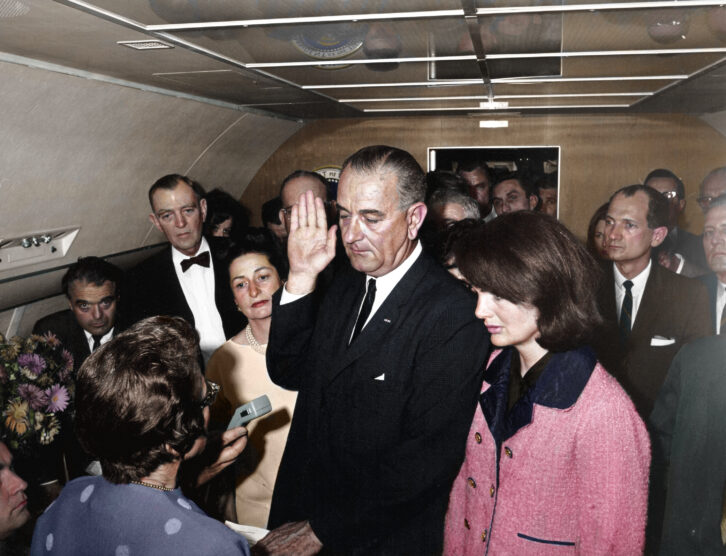
We collaborated in Dallas with an international and American director of photography and a sound recordist, making use of local American crew on-site. Additionally, we had the invaluable expertise of two exceptional editors, Mike Davey and Dan Lavender, as well as a highly-skilled editing assistant named Ellis Frodsham. This compact team may have been small in numbers, but it was brimming with talent, which I believe ultimately made the entire project more seamless and effective.
What was the biggest challenge of working on the series?
That’s a great question. I would say our biggest challenge was deciding what to include in the series. We had an enormous amount of footage to work with, hundreds of hours’ worth, which was a rich source of material to start with.
Our task was to identify scenes from this archive that not only played out well on screen but could also be enhanced by survivor testimonies. For example, take the breakfast scene where Clint Hill escorts Jackie. We had to strike a balance and find those moments where we could seamlessly blend survivor accounts with archive footage to create the most powerful impact.
Did you learn anything new during your work on the series?
Absolutely, it’s fascinating to observe both the similarities and differences when delving into the 1960s archive. While some aspects of that era might seem familiar, reflecting divisions in America, there are also elements that appear quite alien. For instance, the image of a gun being carried down the third floor of the Police Department or Oswald being granted a press conference – those are occurrences that would be unheard of in today’s world, especially a murder suspect holding a press conference.
What do you hope viewers will take away from the series?
Our primary aim is for viewers to emotionally connect with the profound importance of that weekend. We want them to not only comprehend the significance of JFK’s death for America and the deep attachment people had to him but also to appreciate the dimensions of the family tragedy and its impact on Jackie and the children. Ultimately, we hope people will grasp why these events and this figure mattered so significantly.
JFK: One Day in America premieres on National Geographic at 9pm on 5th November.
